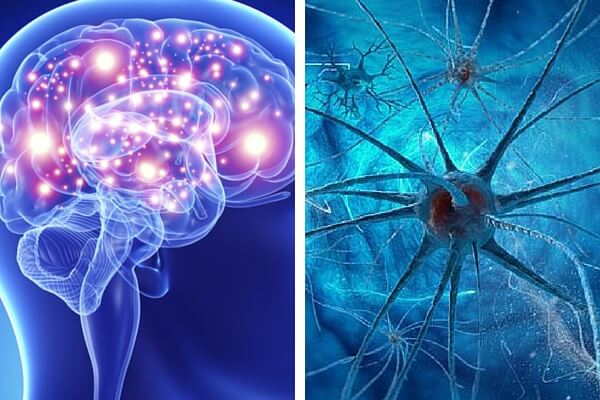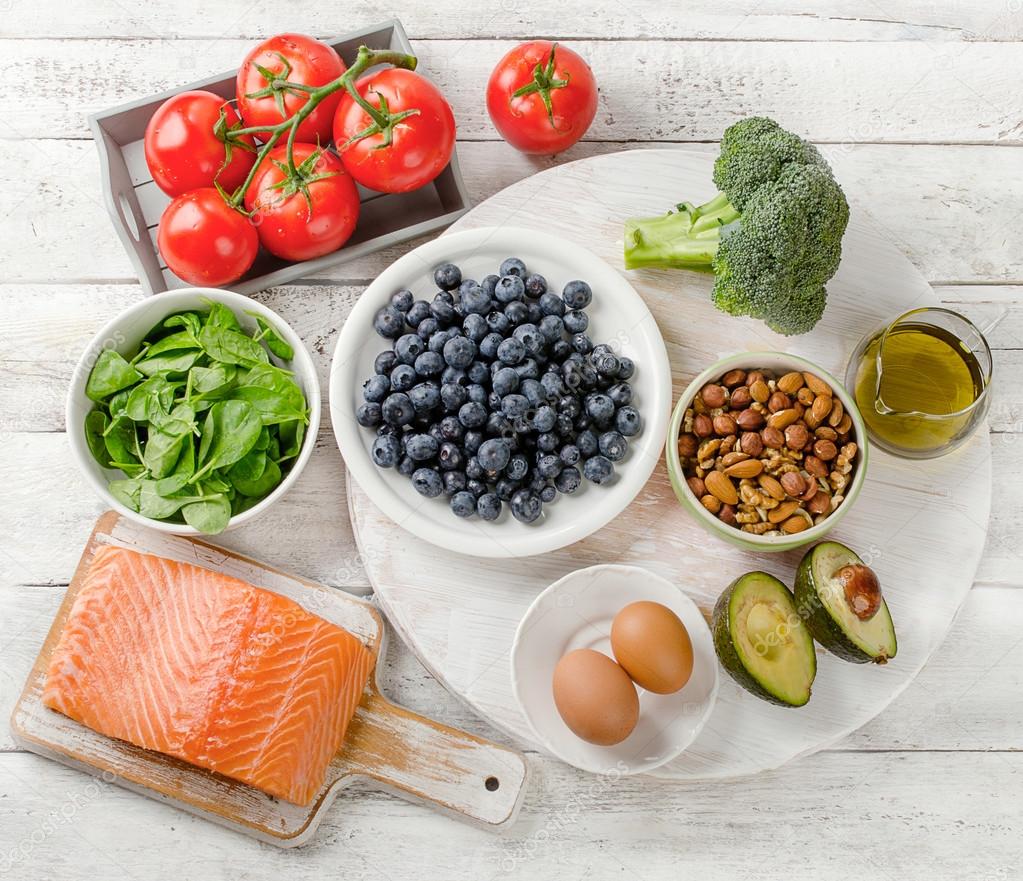

The actual protein contents were significantly lower and Phe contents from these data varied between 51 and 651 mg/100 g sample. The amounts of crude protein (total N multiplied by an adequate conversion factor) ranged between 6.1 and 21.5 g/100 g, showing similarity with protein values on nutritional labels.

In this paper the Phe contents of 22 commercial dehydrated soups were estimated taking into account the contents of total N, protein N and non-protein nitrogen as well as the contents of monosodium glutamate (GMS) which were analyzed independently. In general, more convenient indirect methods based on raw protein contents have been used, considering that natural proteins contain about 4% of Phe. The direct analysis of phenylalanine (Phe) in food with low protein content is difficult, time consuming and expensive. The Panel noted that the exposure to glutamic acid and glutamates (E 620–625) exceeded not only the proposed ADI, but also doses associated with adverse effects in humans for some population groups. Based on the NOAEL of 3,200 mg monosodium glutamate/kg bw per day from the neurodevelopmental toxicity study and applying the default uncertainty factor of 100, the Panel derived a group acceptable daily intake (ADI) of 30 mg/kg bw per day, expressed as glutamic acid, for glutamic acid and glutamates (E 620–625). Although effects on humans were identified human data were not suitable due to the lack of dose–response data from which a dose without effect could be identified. The Panel assessed the suitability of human data to be used for the derivation of a health-based guidance value. From a neurodevelopmental toxicity study, a no observed adverse effect level (NOAEL) of 3,200 mg monosodium glutamate/kg body weight (bw) per day could be identified. The Panel considered that glutamic acid–glutamates (E 620–625) did not raise concern with regards to genotoxicity. The only effect observed was increased kidney weight and increased spleen weight however, the increase in organ weight was not accompanied by adverse histopathological findings and, therefore, the increase in organ weight was not considered as an adverse effect. No adverse effects were observed in the available short-term, subchronic, chronic, reproductive and developmental studies. Glutamate is absorbed in the intestine and it is presystemically metabolised in the gut wall. The EFSA Panel on Food Additives and Nutrient Sources added to Food (ANS) provides a scientific opinion re-evaluating the safety of glutamic acid–glutamates (E 620–625) when used as food additives. In this paper, an overview about salty and umami taste physiology, the potential applications of MSG use to reduce sodium content in specific industrialized foods and safety aspects of MSG as food additive are presented. The United States Food and Drug Administration and the Federation of American Societies for Experimental Biology classified MSG as a Generally Recognized as Safe (GRAS) substance. The Joint FAO/WHO Expert Committee on Food Additives and the Scientific Committee on Food of the European Commission established an acceptable daily intake (ADI) not specified, which indicated that the substance offers no health risk when used as a food additive. The available scientific data on the toxicity of MSG has been evaluated by scientific committees and regulatory agencies. Like salty, umami is also a basic taste and the major compound associated to umami is monosodium L-glutamate (MSG). This recommendation indicates there is an urgent need to find salt substitutes, and umami compounds have been pointed as an alternative strategy. One of the strategic actions recommended by the Pan American Health Organization (PAHO) to reduce sodium intake is reformulation of processed foods.

In order to limit sodium intake to levels considered safe, the World Health Organization (WHO) recommends for adults a daily intake of not more than 5 g of NaCl (less than 2 g of sodium). However, excess sodium in the bloodstream has been associated with the development of several chronic noncommunicable diseases. Sodium chloride (NaCl) is the most commonly used ingredient to provide salty taste to foods.


 0 kommentar(er)
0 kommentar(er)
